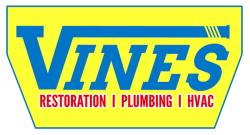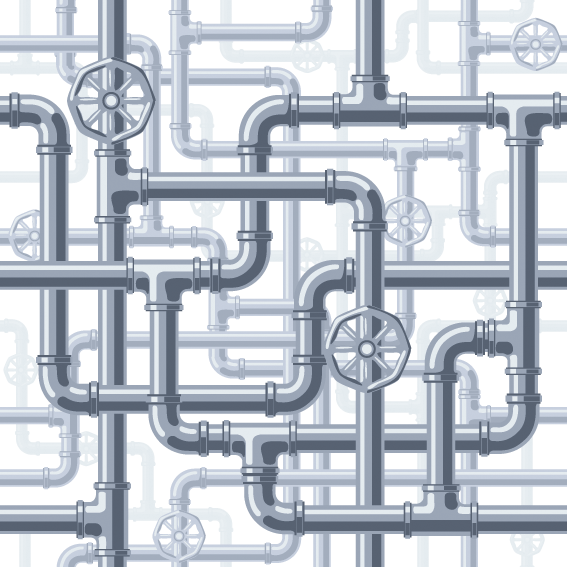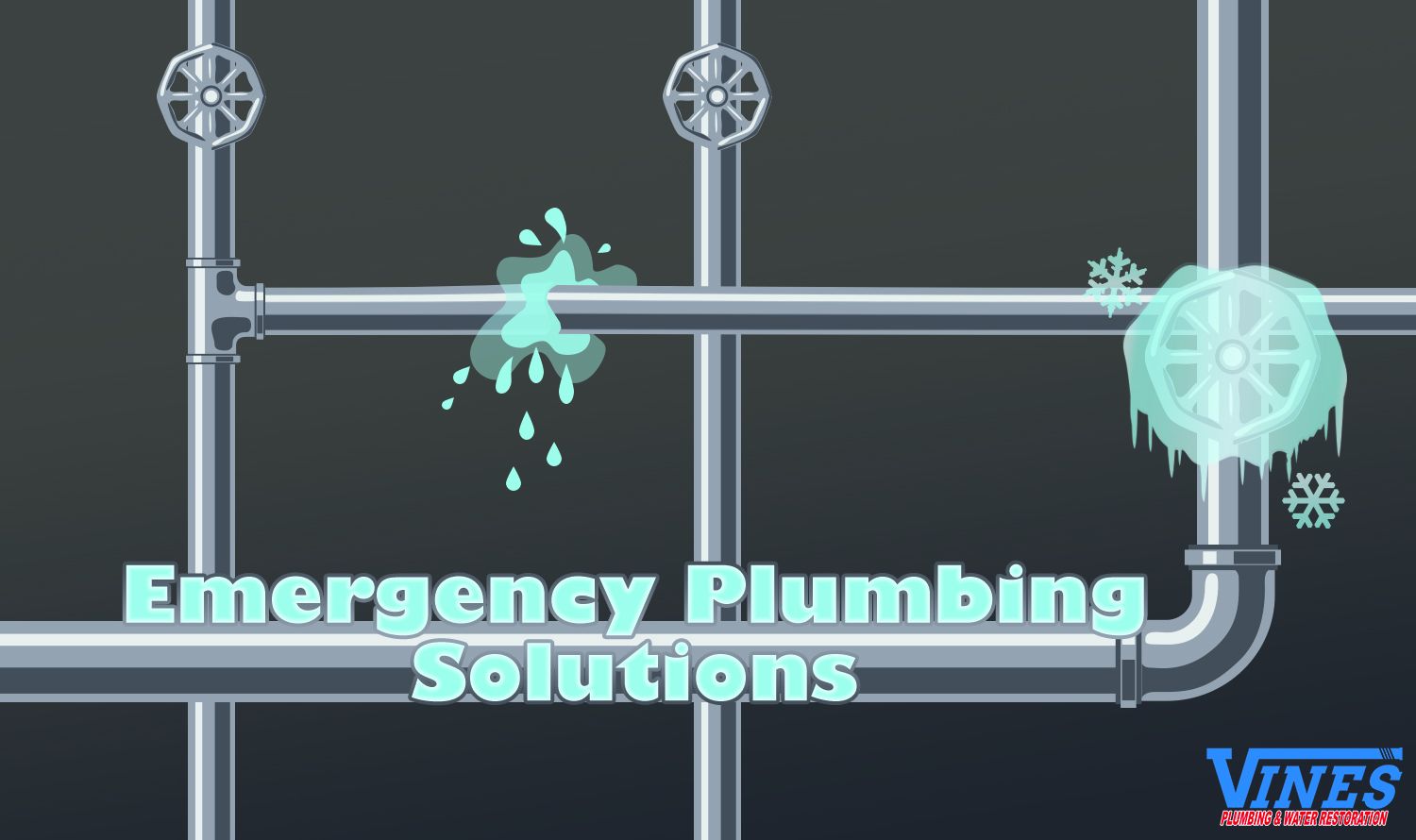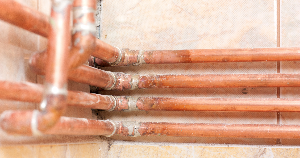Plumbing Tips on Saving Money
Whether you are concerned about your water bill or you simply care about the environment, you might be looking for ways to conserve water each month. Even when you make small changes to your daily routine, the savings can be tremendous.
Beyond the basics of cutting back on baths and turning the water off when you are brushing your teeth, you have other options. These tips will get you started on your quest to save money and water.
Save Money in the Bathroom
Most things you do in the bathroom may lead to water use, but there are several things you can do to prevent wasting water.
First, always fix plumbing issues soon after they appear. Leaking faucets waste money and could cost you more money than having a plumber come in. You might also consider changing plumbing fixtures. Aerated faucets and low-flow toilets are great choices for conserving water. Plus, new toilets tend to use less water than their older counterparts. Dual-flush toilets also help conserve water. Lastly, avoid disposing of unnecessary materials in the toilet. This uses many more gallons of water than is necessary and could lead to a clog in your pipes.
Of course, you may not be able to make big changes in your bathroom right now. Until you can, consider limiting shower time to only the essential amount.
Save Money in the Laundry Room
Laundry is a major source of water use, but it does not have to be. These tips help you save water when you are washing your clothes.
To start, use cold water to wash your dark clothes. Not only does this help your clothes keep their color, but it also saves both water and energy.
Did you know that some clothing does not need to be washed as often as others? Jeans are one of them. You may only need to wash your jeans every four to six wears, saving you money on your next load of laundry.
Next time you go to wash your clothes, use these tips in mind along with the advice that washing a full load is your goal if you want to be most efficient.
Save Money Outside
How much time do you spend watering the lawn and maintaining a garden? Doing this more efficiently can save money and water.
First, rethink your yard’s irrigation or sprinkler system. Talk to the professional you hire about how you can make improvements to ensure that the yard is efficiently watered.
Want to water your yard less? Adjust your mower height so that it is at about two inches. Tall grass actually provides more shade for the root, allowing moisture to stick around. You can also opt for drought-resistant plants next time you are landscaping.
When you are efficient with your landscaping and watering routine, you can easily save more money outside the home. Your water bill will thank you for this.
Save Money in the Kitchen
From washing dishes to boiling water, your kitchen gets a lot of water action. Fortunately, there are a few ways you can save money in the kitchen. Sometimes water can serve two purposes. Instead of dumping water from cooking down the drain, use it to water your plants. You can do this with ice cubes that have fallen on the floor too. You can also attach your steamer full of vegetables to something you are already boiling, like potatoes or noodles.
Then, wash your dishes in stages rather than running the water the entire time. Use one side of the sink for scrubbing and the other side for rinsing all the dishes at the same time. Dishwashers actually have the potential to use less water than washing dishes by hand, and this is something to keep in mind next time you shop.
Finally, simply be mindful that every drop of water is important. Taking care of your plumbing is one way to do that. Vines Restoration Plumbing HVAC is here to assist you with your plumbing needs.








